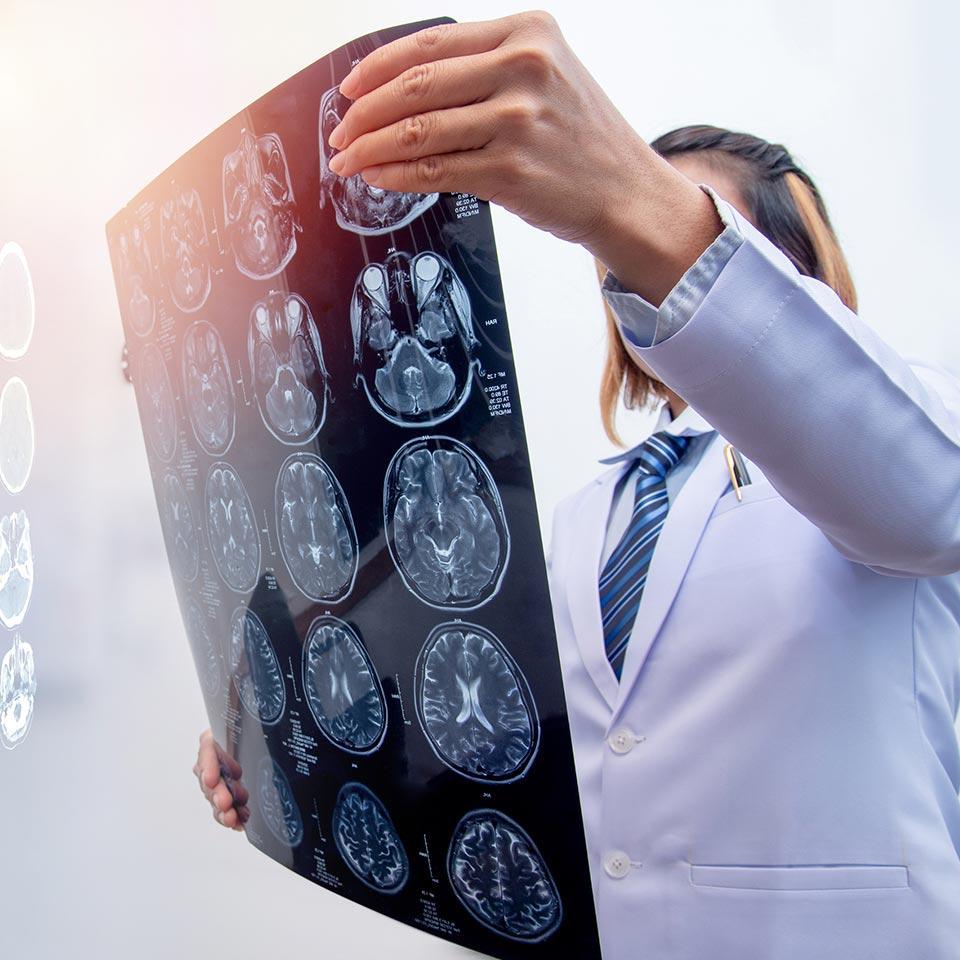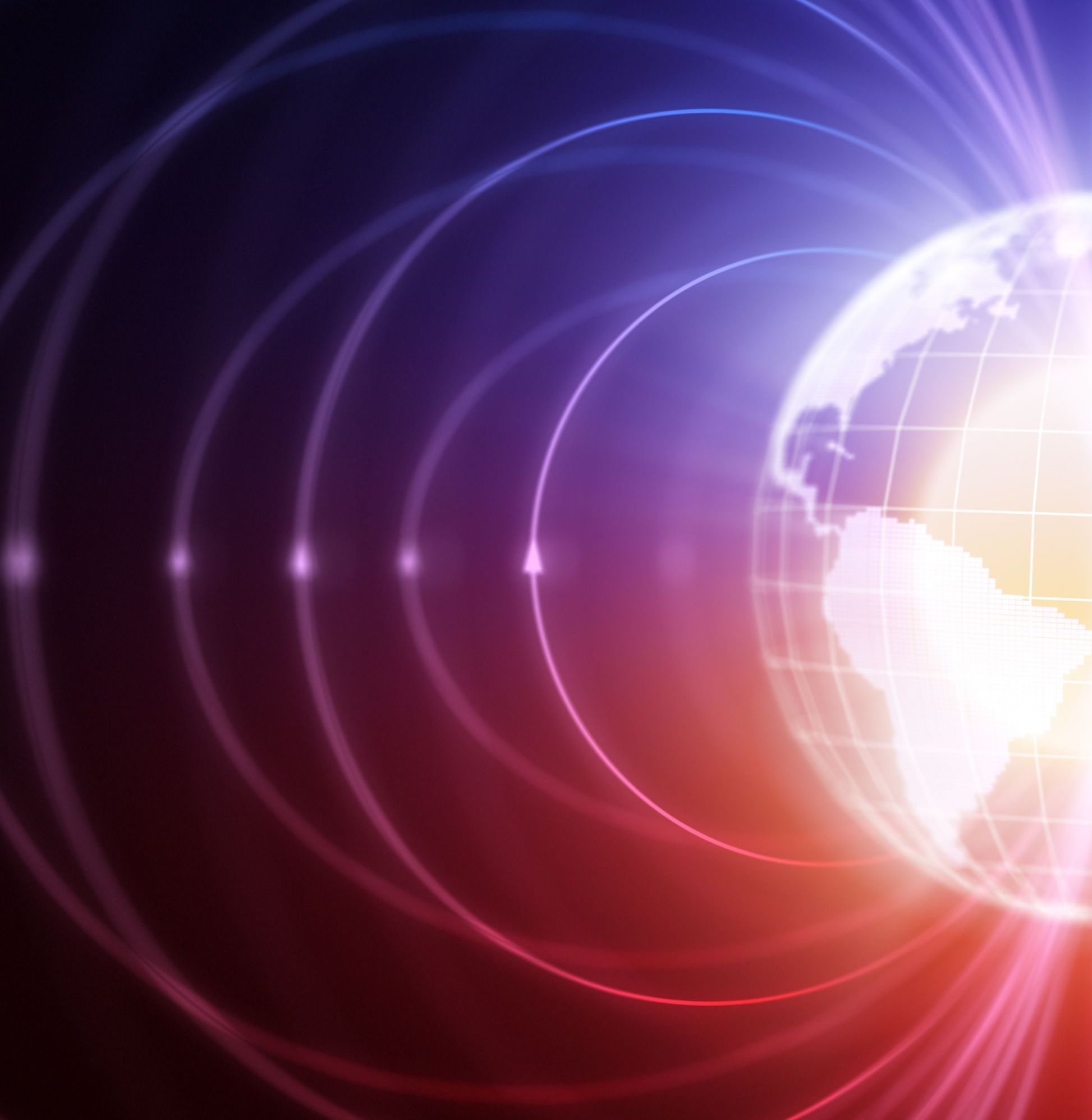
What is Traumatic Brain Injury (TBI)? Why Is It So Important to Find a Solution?
Did you ever see the movie called Concussion with actor Will Smith? This movie started an awareness campaign about Traumatic Brain Injury or TBI.
The storyline is about NFL football players that have suffered head injuries and end up showing some really negative character traits, and even committing suicide as a result of those injuries. When additional athletes die, it’s a detail-oriented coroner who finds that changes in the athlete’s brain are related to the death. Then he discovers a pattern of similar changes in other athletes suffering brain and head injuries that occurred during their sport.
The movie goes on to show how different people won’t accept the new findings and won’t protect the rest of the football players from TBI.
If TBI is moderate to severe, it can result in changes in awareness, consciousness, or responsiveness that may become permanent. For example, the person suffering from TBI may go into a coma, a vegetative state or a state where there is no more activity in the brain. At that point, the person may be considered legally dead.
TBI Isn’t Reserved for Athletes Especially Football Players
Traumatic Brain Injury (TBI) is something that can happen to all of us; children and ourselves as adults as well. An object falling and landing on their head, experiencing a whiplash in a car accident, or falling and hitting our head in the process are only three of the many ways that a TBI occurs. In fact, head injury is the most common neurological disorder under the age of 50, according to neurology statistics.
As parents, we tend to think that children fall, get up and go on; all with little trauma. However, now we know that even a mild bump or hit on the head can be enough to show some serious symptoms. We might not even put it together that the symptoms came after the fall or TBI in children – or in adults.
TBI Symptoms in Children and in Adults
In children, TBI symptoms may include any of the following:
- persistent crying
- excessive sleepiness or drowsiness
- change in eating or nursing habits
- sadness
- loss of interest in favorite activities or toys
- seizures
In adults, those small or big head bumps may cause any of these symptoms:
- personality changes
- anger outbursts or easy irritability
- loss of consciousness
- a state of being confused
- headache
- difficulty sleeping
- dizziness
- nausea or vomiting
- sensitivity to light or sound
- changes in balance
- memory problems
- a change in sexual function
- a change in how the teeth feel or change in vision
- hearing changes
- changes in thinking and concentrating
- suicidal feelings and depression
Treating Brain Injuries
Until recently, the treatment recommended for someone hitting their head has always been:
Don’t move the person in case there’s a neck injury.
Look for signs of drowsiness over the next 72 hours.
Try to keep the person awake.
Take the person to the Emergency Room if signs and symptoms of TBI occur.
When you get the person to the ER, there might be diagnostic tests performed and some medications given; however, there often is no ‘real’ treatment for the actual brain tissue that is hurting. There is no widely accepted treatment for TBI.
There are potentially many different problems occurring in the brain in TBI. Oxygen supply to the brain is often insufficient, which can cause death of the brain cells. The patient’s ATP production may be low because the mitochondria of the brain have been damaged. New brain cells have to replace damaged or dead cells at a high enough rate for a rapid recovery.
Inflammation, oxidative stress, brain swelling, and increased pressure inside the brain also occur. The greater the injury, the more the potential damage that occurs to the brain’s thinking processes, the body’s movement systems and the person’s psychological and emotional abilities.
New Discoveries Show Hope for TBI Victims
Around 2012, scientists began using low level laser therapy (LLLT) as a possible treatment for brain injury, including TBI. LLLT has been used clinically for the reduction of pain, swelling and inflammation. It’s been used to stimulate healing and repair of injuries. And it’s been used in cases to protect cells and tissues from death.
Scientists wanted to find out whether or not the wavelength of light could protect the brain from further injury in the case of TBI or other brain injuries, decrease inflammation, and stimulate the nerve cells to regenerate.
Light in the near infrared part of the light spectrum can penetrate into the brain if it is shone onto the head. They began studies to see if results would affect memory, learning, and overall brain performance in animals with TBI by shining light onto their brains.
One of these studies was done at the Wellman Center for Photomedicine at Massachusetts General Hospital in Boston and at Harvard. The professors there found that pulsating low level laser therapy on the brain gave the best results. They compared different wavelengths of light between 660 nm and 980 nm and found that only the wavelengths between 660 and 810 nm were effective.
The scientists also tested to see how many treatments of the light were needed and found that they didn’t have to go overboard and keep doing treatments; effectiveness came in the first few weeks for the animals. This told them that the animal didn’t need maintenance therapy for TBI if it was done correctly.
What About Human Studies?
These studies led to other studies where light was used as a healing modality. For example, photobiomodulation (PBM) is a type of light therapy that uses red to near-infrared light to stimulate, heal, and protect tissues that have been injured.
Doctors at the San Francisco VA Health Care System reported in a medical journal about a 23-year-old professional hockey player who had suffered from a series of concussions and was experiencing TBI symptoms.
He treated himself at home with LED light devices that emitted a pulsing 810 nm wavelength light. After 8 weeks of treatment, his brain showed much greater improvement with greater function, increased blood flow to the brain, increased brain tissue volume (his brain actually grew bigger) and better scores on neuropsychological tests.
The doctors concluded that what happened in this young man is encouragement for validating the use of photo-biomodulation (PBM) treatments for TBI that are not surgically implanting devices in the brain and not using medications.
PBM Devices are Already on the Market
The key to repairing brain tissue is similar to repairing other tissues in the body: find out what the researchers did that worked and then duplicate it. This is how scientists end up creating inventions that become treatment devices or devices for the public.
The NeuroWrap uses the same near infrared wavelengths and power densities employed in the Harvard Medical School studies. These were the wavelengths that showed significant improvement to brain-injured tissues.
For example, a pulse rate of 40 Hertz activates a type of cell in the brain called a glial cell. These cells remove waste products from protein, thus cleaning up the brain from ‘garbage’ that should not be there. This ‘garbage’ can be what’s interfering with the person’s memory, ability to concentrate, and process emotions. By detoxifying the brain with the 40 Hertz pulse, the brain can think freely again.
A pulse rate of 10 Hertz has been found in studies to be helpful for general brain health. In the NeuroWrap, the user can choose either 40 Hertz for brain healing or 10 Hertz pulses for general brain health. Both will enhance the function of the brain.
The NeuroWrap is a portable soft head wrap with 144 clinical strength LEDs embedded into it. The device wraps around the head and is secured by Velcro to be held in place. Treatment times vary depending on the protocol selected. In the newest edition, The NeuroWrap PULSE, this technology is complemented PEMF for the brain - often called "rTMS" for repetitive transcranial magnetic stimulation.
Like the hockey player that used a LED light therapy for his TBI that was calibrated to frequencies needed for brain healing and regeneration, the Neuro Wrap is ready for those with mental fatigue, PTSD, TBI, mood disorders, dementia, and Alzheimer’s disease to give it a try. There are no side effects from the use of light for brain therapy.
After unpacking the NeuroWrap, follow the suggested use guidelines and receive benefits from this new light-based therapy. Give it an 4 week trial, and find out how much your quality of life improves.

